The 4 C’s of Gemstones (Color, Clarity, Cut, Carat) & Why They Matter
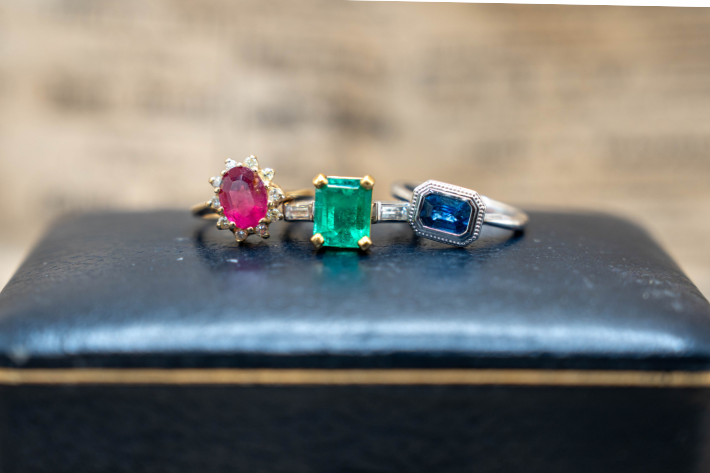
When most people think about the 4 C’s—Color, Clarity, Cut, and Carat Weight—they immediately associate them with diamonds. But did you know these same factors are equally important for colored gemstones like sapphires, rubies, and emeralds? While the priority of each “C” may vary by gemstone, understanding these factors can help you choose a stone that offers both beauty and long-term value.
At Arnold Jewelers, we specialize in helping customers find exceptional colored gemstones. Here’s a closer look at how the 4 C’s apply beyond diamonds.
What Are the 4 C’s of Gemstones?
The 4 C’s—Color, Clarity, Cut, and Carat Weight—were originally popularized by the Gemological Institute of America (GIA) as a standardized way to evaluate and compare diamonds. However, these criteria are also crucial for colored gemstones, although they are weighed differently depending on the stone. For example, color is the most critical factor for sapphires and rubies, while clarity is more important for gems like aquamarine.
How Does Color Affect the Value of Gemstones?
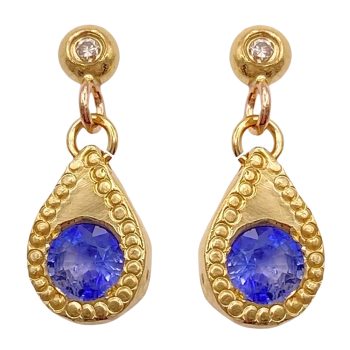
Color is often the single most important factor in determining the value of a gemstone. The quality of a gem’s color is assessed by three main components:
-
Hue: The dominant color (e.g., red in a ruby or blue in a sapphire).
-
Tone: How light or dark the color appears.
-
Saturation: The intensity or vividness of the color.
For many colored stones, the most vibrant and pure hues command the highest value. For example, a “pigeon blood ruby” with its vivid, slightly purplish-red hue is considered the gold standard. Likewise, sapphires with “royal blue” saturation are among the most sought-after.
Pro Tip: According to GIA.edu, untreated, natural color gemstones tend to have a higher value compared to stones that have undergone color treatments.
Why Does Clarity Matter in Colored Gemstones?
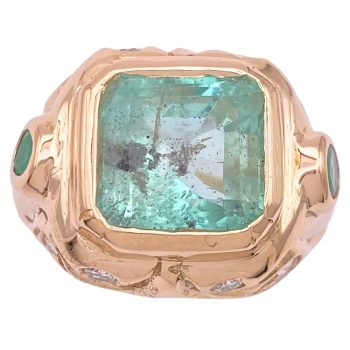
Clarity measures the presence of inclusions or internal imperfections within a gemstone. While inclusions reduce the value of diamonds, they are often tolerated—or even expected—in certain colored stones. For example, emeralds are almost always included, and the French term “jardin” (meaning “garden”) is often used to describe the moss-like inclusions inside these gems.
-
For aquamarines and tanzanites, eye-clean clarity (no visible inclusions to the naked eye) significantly enhances their value.
-
In contrast, the clarity standard for emeralds is far more forgiving due to their unique growth patterns.
Expert Insight: GIA notes that inclusions can sometimes help gemologists identify the stone’s origin, which can add value to a gemstone with a desirable source like Colombia (emeralds) or Burma (rubies).
How Does Cut Enhance a Gemstone’s Beauty?
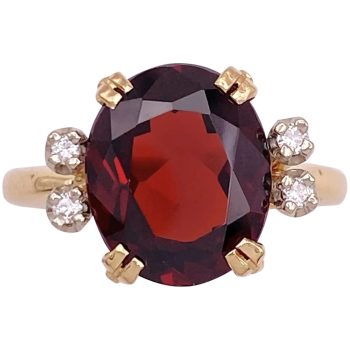
A gemstone’s cut is not about its shape but how well it’s faceted to reflect light and enhance its color. Unlike diamonds, where brilliance is the primary goal, colored stones are often cut to maximize their color and reduce visible inclusions.
-
Common gemstone cuts include oval, cushion, emerald cut, and step cuts, each bringing out different optical effects.
-
Some stones are cut asymmetrically or into freeform shapes to preserve carat weight or highlight rare color zoning.
A well-executed cut can make even a lighter-colored gem appear richer and more vibrant.
Does Carat Weight Mean the Same for Colored Stones?
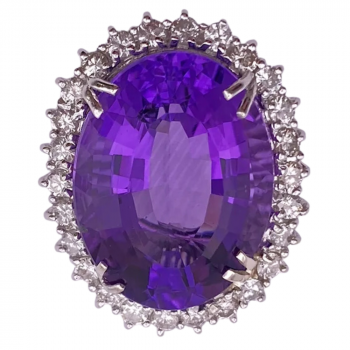
Carat weight measures a gemstone’s size, but not all gems have the same density. This means that a 1-carat sapphire will appear smaller than a 1-carat diamond of the same weight because sapphire is denser.
-
Larger carat stones are rarer and often more valuable, especially in rubies and emeralds.
-
However, a smaller stone with excellent color and clarity can be worth more than a larger but dull or heavily included gem.
How Do the 4 C’s Work Together When Choosing a Gemstone?

The ideal gemstone is a balance of all four factors—color, clarity, cut, and carat. For colored stones, the priority often shifts:
-
Color first: For rubies, sapphires, and emeralds.
-
Clarity next: For aquamarines, garnets, and topazes.
-
Cut and carat: These enhance overall beauty and value but are secondary to color in most cases.
Shopping Tip: If you have a specific budget, focus on achieving the richest color possible and be more flexible with clarity or carat weight.
FAQs About the 4 C’s of Gemstones

Q1: Are the 4 C’s as important for colored gemstones as for diamonds?
Yes, but color is often the most critical factor for colored stones, whereas diamonds are graded with more emphasis on clarity and cut.
Q2: What is the most important “C” for sapphires or rubies?
Color is the key factor, with vivid, even hues like royal blue sapphires or pigeon blood rubies commanding premium prices.
Q3: How can I tell if a gemstone’s color is natural or treated?
A certification from a reputable gemological lab like GIA will reveal if the stone has undergone treatments such as heat or diffusion.
Q4: Are larger carat stones always more valuable?
Not always. A smaller gemstone with exceptional color and clarity can surpass a larger stone with poor saturation or heavy inclusions.
Conclusion: Why the 4 C’s Matter When Buying Gemstones
Whether you’re drawn to the deep blue of a sapphire, the vibrant green of an emerald, or the fiery red of a ruby, understanding the 4 C’s helps you make a more informed and confident purchase. By prioritizing the right combination of color, clarity, cut, and carat, you can find a gemstone that not only fits your budget but also stands the test of time.
Looking for the perfect gemstone? At Arnold Jewelers, our experts are here to guide you through every step of your selection, ensuring you find a piece that’s as unique as you are.
Ready to shop beautiful gemstone jewelry?
-
Categories:
- Jewelry Trends
- Jewelry Trends & Gift Ideas


